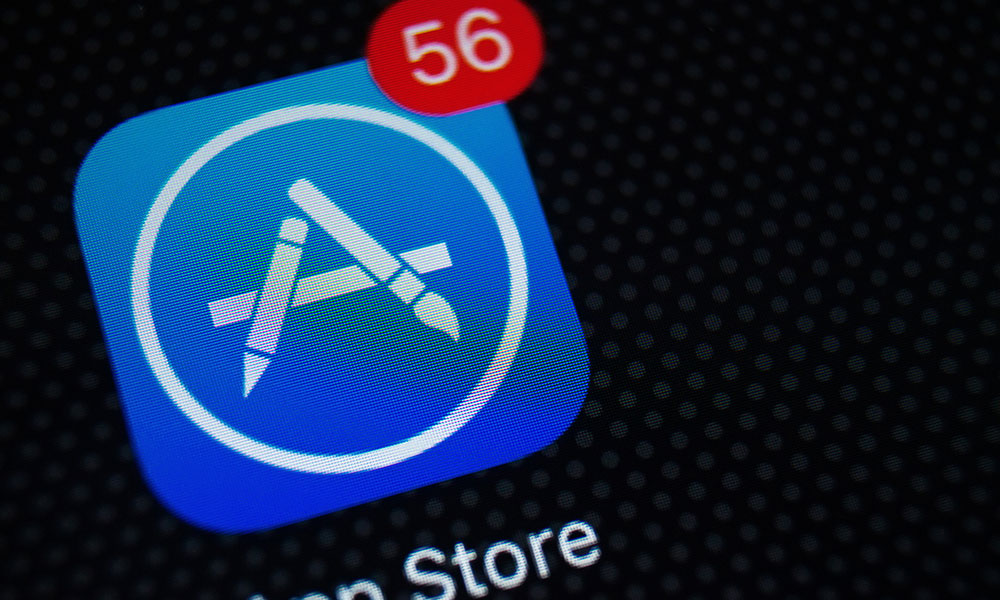
Ready for the Great App Store Purge?
A major change coming to Apple's App Store is a great reminder that if your organization isn't keeping pace with modern tech trends, you're ensuring a lot of future headaches for yourself.
Call it an app-pocalypse of sorts—especially for developers who haven’t been paying attention.
The release of Apple’s iOS 11 next month is going to create a significant problem for a lot of organizations that developed apps years ago, for far earlier versions of the platform. To put it simply: With the newest version of the operating system, Apple plans to throw out apps that haven’t received an update in the past few years.
According to some estimates, more than 180,000 apps could become incompatible with the operating system in the coming weeks.
There is a legitimate technical reason for this. Since the release of the iPhone 5S in 2013, each successive version of the iPhone and iPad has supported 64-bit applications natively, rather than the older 32-bit apps used since the App Store launched in 2008. Older apps got a grace period of a few years, but that’s going to end sometime next month.
The company has already taken steps to hide the old apps and will disable them entirely in iOS in a few weeks.
How Bad is This for Developers?
For both end users and Apple, this is probably a good thing. The architecture shift has the effect of telling Apple who hasn’t bothered to update their apps to work with modern technologies, and users benefit because Apple removes a number of lower-quality applications.
The Motley Fool technology specialist Ashraf Eassa characterized the move as “brilliant,” citing the performance advantages that the updated architecture offers.
“By mandating that all App Store apps be recompiled with 64-bit support, Apple weeds out apps that developers simply don’t care about anymore, since recompiling the apps should be a downright trivial process for a developer that was able to get something published on the app store in the first place,” Eassa noted.
But here’s the problem with that line of thinking: If you haven’t updated an app in more than four years, you’re possibly going to need a bigger revamp than a modest architecture upgrade. This is particularly clear among game developers, who often push the hardware a little harder and use more technical features than traditional developers. A recent Fast Company piece explained how developers of early iOS hits like Osmos and Canabalt found themselves having to deal with different levels of labor in upgrading their old games to modern devices.
Osmos developer Eddy Boxerman spent months reworking his app, which used highly customized multiplayer code. But he decided the game was still successful enough that the benefits of upgrading outweighed the costs.
“In terms of a gamble, it seemed reasonable and worth doing,” he told the magazine. “And I didn’t want to see the game just disappear off iOS.”
Canabalt developer Adam Saltsman almost didn’t upgrade the game (to my personal chagrin), but luckily found that he could reuse code from an Apple TV version, simplifying the process.
“Everything here was shipshape from the Apple TV port,” Saltsman said. “The whole thing took about three hours somehow! A pleasant surprise.”
Ten to one, if your association’s app developers didn’t stretch beyond iOS’s basic frameworks, your job will be closer to Saltsman’s than Boxerman’s. And if you have an old app you want to keep around, you should probably get to updating it quickly.
What’s Your Maintenance Strategy?
But this saga touches on a deeper point: The way associations work—driven by a request for proposal (RFP) process or by long-term contracts—isn’t particularly well suited for solving this kind of problem. If you don’t have developers on staff, you’re outsourcing, and if you’re outsourcing, you may find yourself unprepared for things like this that crop up around projects considered “completed.”
And stuff like this comes up all the time! Case in point: In a little over a month, a forthcoming version of Google Chrome will put a loud warning on any site with a form that isn’t relying on HTTPS, the long-in-use encrypted web protocol that once was only used on banking websites. There’s been a push toward putting every site on HTTPS for years, but your dev team may have been caught off-guard when Google started sending warning emails out in the past couple of weeks.
Google took steps toward this change nearly a year ago, but now it’s hardening its stance. And this kind of upgrade won’t necessarily be easy. Wired went through an arduous-sounding process as it took steps to upgrade everything to HTTPS. It sounds not unlike what an association might have to go through with its own website.
(And hey, have you heard about Flash?!)
You might have a maintenance budget, but these projects could prove far more laborious than a traditional maintenance budget might cover. And if you aren’t thinking in terms of this needed flexibility, you could find yourself with an app that no longer works or a website that throws up a warning screen.
All this is a good reminder that your organization may be more reliant on a big company’s whims than you might realize. Maybe you’re already thinking about these kinds of things—and planning for them in your budgets. But if you’re not, you’re playing a dangerous game.
Hope you can update your app in time.
(DKart/iStock/Getty Images Plus)






Comments